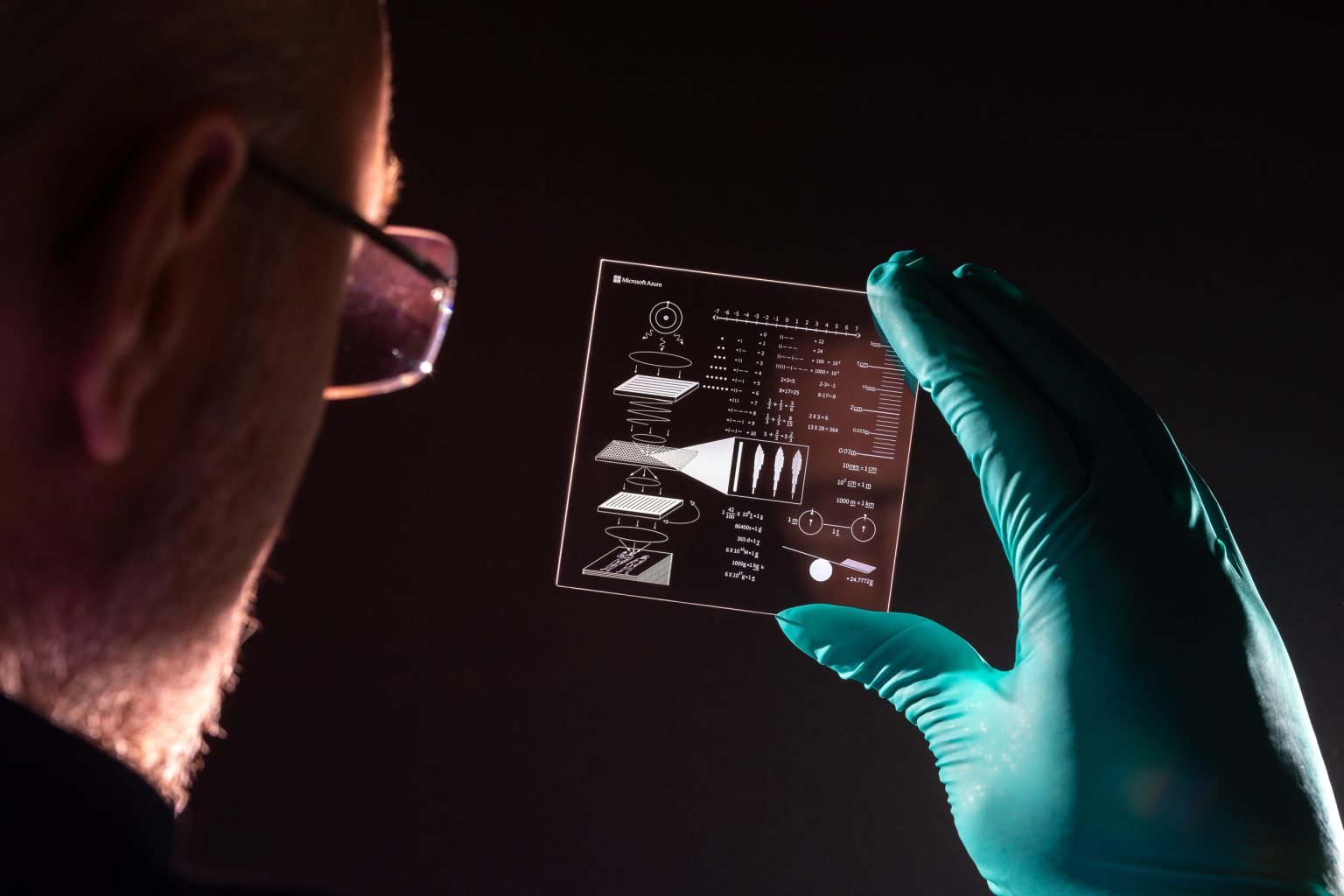The Golden Record 2.0 project is a modern-day attempt at replicating the original Golden Record project, which was launched by NASA in 1977 on the Voyager 1 and 2 probes. The new project is a collaboration between students, teachers, and researchers from Avenues: The World School, along with assistance from artist Jon Lomberg, who worked on the original Golden Record. Using Microsoft’s Project Silica, which stores data in thin platters of fused silica glass, the team aims to create a long-lasting archive of humanity’s culture and history for potential extraterrestrial beings to discover in the future. The technology allows for large amounts of data to be stored for thousands of years and decoded using machine-learning algorithms.
The original Golden Record project involved preserving various images, natural sounds, music, and spoken words from different cultures around the world on golden phonograph records. Similarly, Golden Record 2.0 intends to create a time capsule of humanity, showcasing the diversity and essence of human life, to be understood by possible extraterrestrial civilizations. The team is leveraging modern online tools to crowdsource multimedia contributions and gather feedback, following the model set by Lomberg and the creators of the original Golden Record. The aim is to provide a comprehensive snapshot of humanity for future generations to discover and explore.
Richard Black and his team at Microsoft Research’s Cambridge lab encoded a couple of test platters for Golden Record 2.0 and created an instruction guide to assist in deciphering the data. By utilizing ultrashort laser pulses, data can be permanently stored in glass platters, ensuring its durability and transparency. Black envisions a scenario where future generations, whether human or extraterrestrial, can easily understand how to access the information stored in the silica platters. The effort highlights the importance of reflecting on humanity’s past and contemplating the challenges and opportunities that lie ahead for the species on Earth.
The Golden Record 2.0 team is working closely with Jon Lomberg, who provides guidance on selecting and organizing content for the archive, as well as sharing the history and fundamentals of interstellar communication. The project marks a new generation of messages to the stars, taking advantage of modern technology and youth-led initiatives to represent humanity’s essence in a time capsule. While the team has yet to secure a ride to space for their archive, discussions with projects like Humanity’s Message to the Stars and commercial space ventures such as SpaceX are in progress. Even if Golden Record 2.0 never makes it to extraterrestrial civilizations, the value of reflecting on humanity’s achievements and aspirations remains significant for the team.
Over the years, several projects have aimed to replicate the original Golden Record concept, such as the OneEarth Message and the Arch Mission Foundation’s micro-miniaturized archives sent into space. The Golden Record 2.0 team is determined to continue the legacy of the original project and inspire reflection on humanity’s journey, past, present, and future. The initiative serves as a reminder of the collective achievements and challenges faced by humanity on Earth, encouraging introspection and contemplation about our place in the universe. By preserving a snapshot of human culture and history through modern technology, Golden Record 2.0 aims to inspire curiosity and reflection among future generations, regardless of whether the archive reaches extraterrestrial beings.


